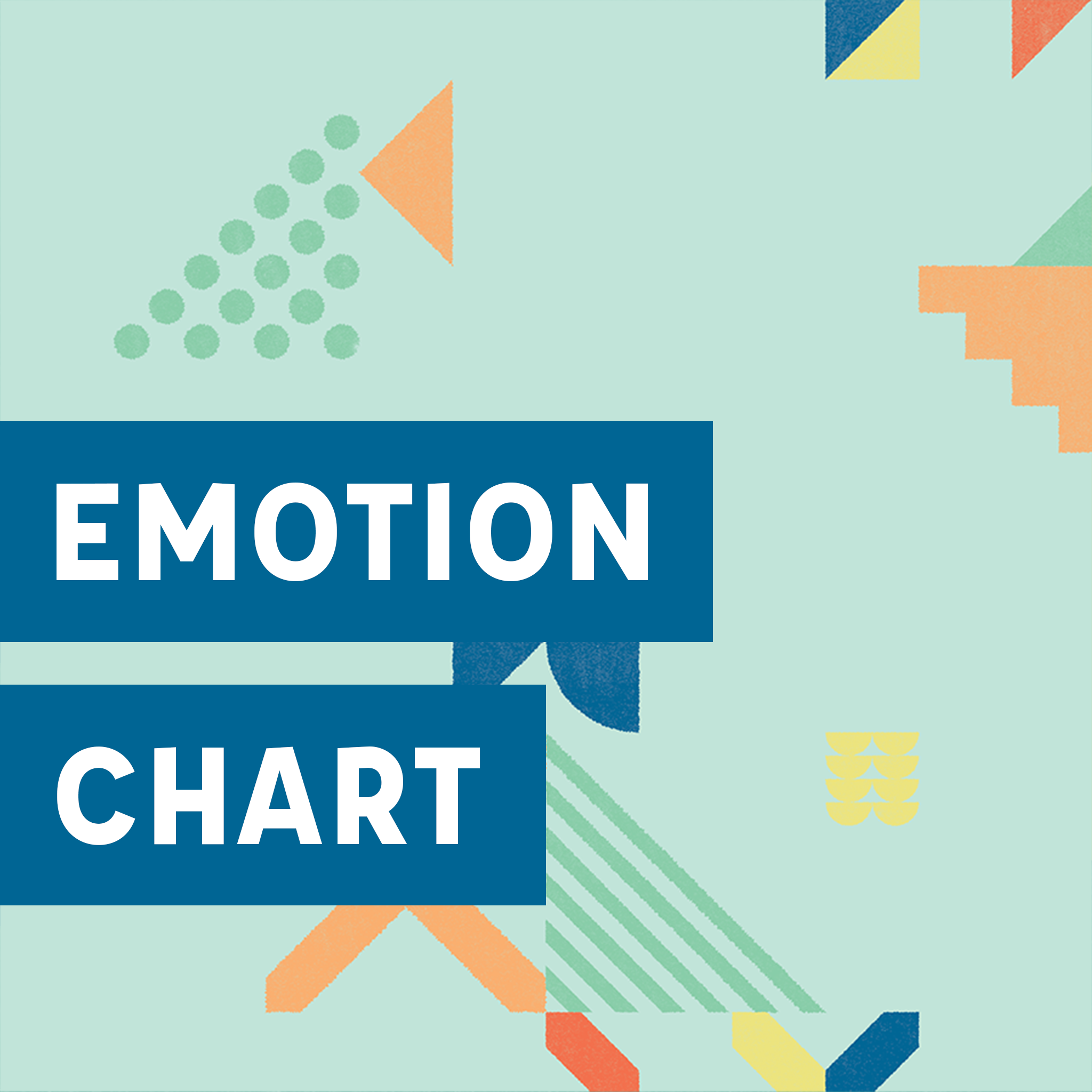Daily Check-In Tool
Daily Check-In Tool
Before I begin, I check-in!
The Friendzy Daily Check-in Tool creates a space for students to practice self-awareness through identifying their emotions.
The Friendzy Daily Check-in Tool equips students with grade appropriate vocabulary and visual indicators designed to help students in identifying and naming their emotional state. The Friendzy Daily Check-in Tool is grade-banded and available to download in four convenient sizes: An 8x11 Handout, A half-page desktop format, A multi-page classroom poster, A digital version available in our Friendzy Distance Learning Teacher Resource Decks.
Tips for using the Friendzy daily check-in tool:
How am I, Friendzy feeling? Hang the poster-sized check-in tool on your classroom door and have students point to the word or face that best describes how they are feeling as they enter the classroom to start the day, after lunch, and during any other classroom transition times. Reference the poster when sharing your own emotions and model for students the process of connecting a sensory experience to words. i.e. ”When my heart starts beating fast and my mouth starts feeling dry it usually means I am feeling anxious about something.”
Before I begin, I check in! Laminate the desk-sized check-in tool for each student’s desk. Before transitioning to a new lesson or project, direct students to check-in with themselves on how they are feeling. Consider having students point to their emotions as you walk around the class, journaling, or sharing with a classmate to practice naming emotions and having empathy for one another.
Manage my emotions before they manage me! Use the Friendzy Daily Check-in Tool as a conversation starter when reflecting on Friendzy lessons with group questions centered around the Social Emotional Learning core competencies of self-awareness, self-management, and responsible decision making. For example, when a reflection question begins with “How do you think it feels when…”, be sure the check-in tool is handy for students as a helpful guide to reference when practicing and expanding their emotional vocabulary.
Poster Format
Desk Format
A Note to Teachers:
At Friendzy, we know that you juggle so many important aspects of your student’s day. You are charged with the responsibility to meet academic goals, behavior expectations, parents, and the unique learning needs of each student in your class. Managing emotions may feel like an impossible task on top of everything else you are handling. However, we know that students who are stressed, worried, sad, lonely, or upset are kids who can’t learn at their fullest capacity. All of us (teachers and parents included) have times of experienced strong emotions, and when we do, our ability to concentrate, problem-solve, and self-regulate is impaired.
Helping students identify their emotions is an important part of teaching. The Friendzy Daily Check-in Tool doesn’t take a huge amount of time; this brief daily exercise can make a big difference in your student’s overall well-being. When you talk about emotions every day you are increasing every student’s emotional literacy; this will lead to greater academic success and coping skills.
You may not “fix” the emotion, but you can acknowledge it! The Friendzy Daily Check-in Tool will allow you to acknowledge the emotions your students are experiencing. Students will understand that emotions are temporary and vary in intensity. When teachers acknowledge their students' emotions, it demonstrates care and concern for that student; students feel seen and known. Here are a few ways you can acknowledge your student’s emotions:
Ask open-ended questions: “Is there something about today that has been hard for you?”
Use I statements: “I know you are angry; it’s not fun to feel overwhelmed.”
Validate their feelings: “Your feelings aren’t right or wrong, but I am sorry you are upset.”
Use a Friendzy Catchphrase: “I know you are sad, but sometimes it helps to remember WE ARE BETTER TOGETHER!” or “I can see you feel angry, but remember, in our class, we WATCH OUR WORDS.”
Model emotional expression and healthy coping skills! Students need to see adults in their lives identify and acknowledge their own emotions in a way that is healthy and productive. Teachers, you have the capacity to lead and model to your students positive emotional expression and management. You can do it!
DIGITAL | GOOGLE SLIDE DECK FORMAT + GOOGLE FORM FORMAT
PRINT | ANIMAL VERSION
PRINT | EMOJI VERSION
PRINT | WORD VERSION
PRINT | EMOTION WHEEL
DOWNLOAD FRIENDZY DAILY CHECK-IN TOOL

















